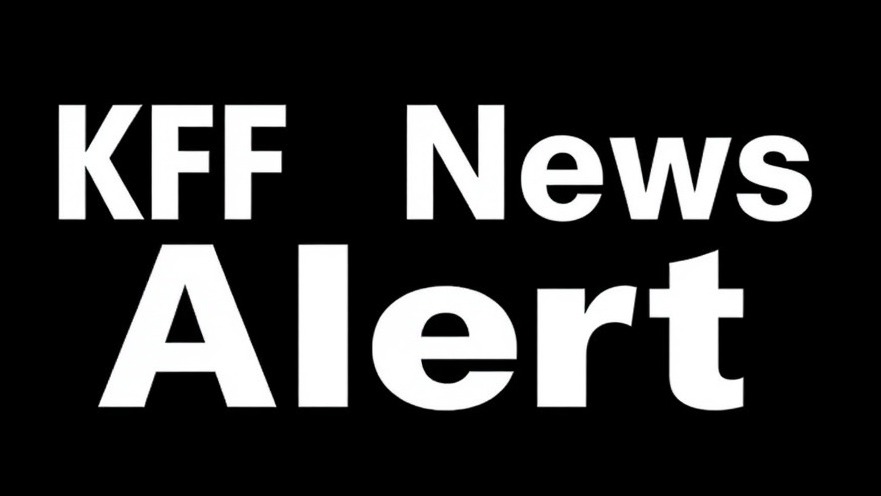
Understanding the Role of COVID Safety Modeling
The COVID-19 pandemic has forced public health professionals to confront unprecedented challenges, and as we reflect on the lessons learned, one critical aspect stands out: the importance of modeling COVID safety to inform decision-making. By utilizing mathematical and epidemiological models, public health officials can better understand the virus’s spread, assess potential interventions, and ultimately save lives.
Historical Context of Health Models
Before the pandemic, public health modeling served as a vital tool for managing infectious diseases. However, COVID-19 dramatically highlighted the need for improved analytical approaches to infectious diseases. As noted in references from the National Institutes of Health, a structured analysis of past data has always aided health decisions—from predicting seasonal flu outbreaks to understanding the spread of epidemics. The COVID-19 crisis has catalyzed an evolution in these practices, demanding that models be not only reactive but also proactive in anticipating future outbreaks and health scenarios.
The Social Impact of Knowing COVID Safety Models
For suburban professionals—a demographic that often juggles work-life responsibilities—the implications of knowing how COVID-19 might spread under various intervention scenarios are immense. Understanding the factors that contribute to spikes in infection can help communities take collective action to mitigate risks. With accessible data and relatable modeling outcomes, individuals feel empowered to make informed decisions about their health and safety protocols, contributing to a broader culture of health literacy.
Insights on Transmission Dynamics and Prevention Strategies
Mathematical models provide insights into transmission dynamics, highlighting how variants affect viral spread and the need for updated preventive strategies. Initially, as COVID-19 made its way across the globe, understanding the virus's reproduction rate (R0) became paramount. Subsequently, advanced models that forecast potential hospitalization rates and overall community risk have shaped public safety measures. The use of such modeling underscores the intertwined nature of personal health decisions with community well-being, making it essential for professionals and families alike.
Future Predictions: Building Resilience
Looking ahead, public health modeling will play a vital part in crafting responses to potential future health crises. As demonstrated in recent National Public Health reports, enhanced modeling techniques will need to incorporate data about emerging variants, vaccination impact, and public adherence to safety measures. For suburban professionals, this means that their engagement with evolving health recommendations may be informed more by dynamic models, allowing them to optimize personal safety strategies amidst changing circumstances.
The Tangible Benefits of Understanding COVID Safety Models
Amid this ongoing pandemic, it's crucial to recognize the unique benefits of comprehending COVID safety models. They can empower communities by allowing professionals to pre-empt future health challenges through evidence-based decision-making. The recommendations derived from modeling efforts, such as targeted lockdowns or vaccination drives, can mitigate transmission trends—providing tangible benefits that extend well beyond the immediate crisis.
Debunking Myths: Understanding the Science Behind the Numbers
As the field progresses, it's essential to debunk persistent myths around COVID-19 modeling that may impede effective public health responses. For instance, some critics argue that models are inherently flawed and unpredictable; however, correct applications of statistical methods and transparent assumptions greatly enhance their reliability. Therefore, instilling trust in scientific data, especially in a demographically diverse suburban context, facilitates informed discussions about health choices.
Decisions That Can Be Made With This Information
Understanding COVID-19 modeling allows suburban professionals to make informed decisions about vaccinations, mask usage, and social interactions. By interpreting the data that models generate, individuals can align their health choices with recommended public health guidelines, ultimately aiming to improve community health outcomes. Decision-making backed by modeling interpretations ensures that families can navigate their health with both confidence and clarity amid uncertainties.
Emotional Connection: The Human Side of Data
Beyond the statistics, there's an emotional narrative woven into the fabric of public health models. They offer glimpses of hope amid the chaos, highlighting how proactive measures can blunt the curve of infections. By cultivating emotional connections to this data, suburban professionals can rally together to protect loved ones, thereby reinforcing the community's role in safeguarding health. This shared journey is one that transcends numbers—it is about people doing their best to keep each other safe.
Conclusion: Call to Action
As we continue to navigate through COVID-19 and its lasting implications, it is vital for professionals and families in suburban settings to actively engage with the guidance provided by public health modeling. Familiarizing ourselves with these models not only aids personal safety decisions but also fosters a community ethos of support during challenging times. Stay informed, embrace the data, and encourage open conversations about health, because collectively, this is how we pave the path to a healthier future.
 Add Row
Add Row  Add
Add 




Write A Comment